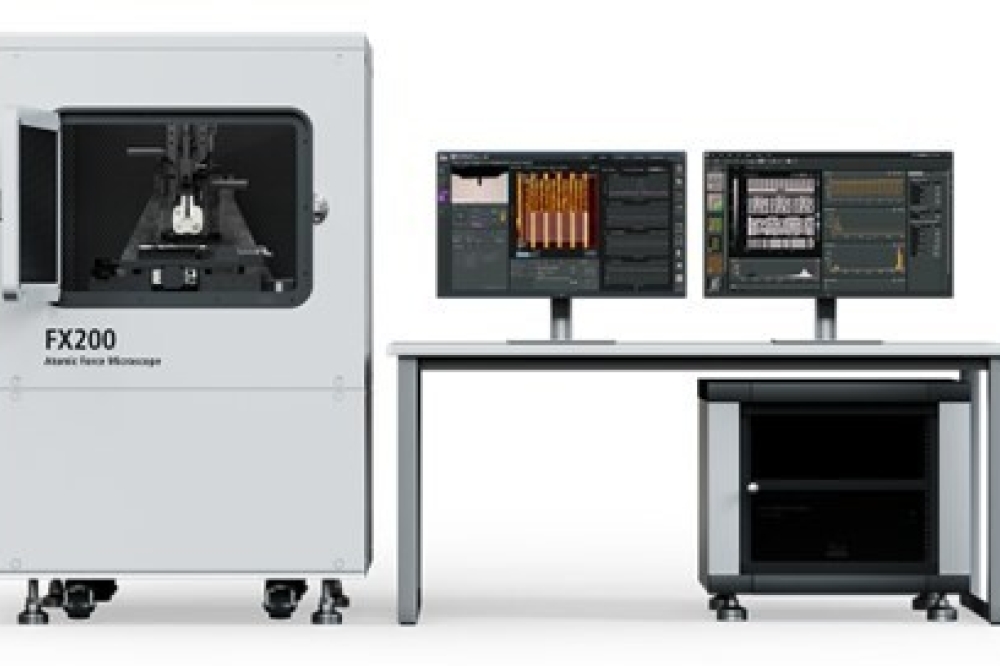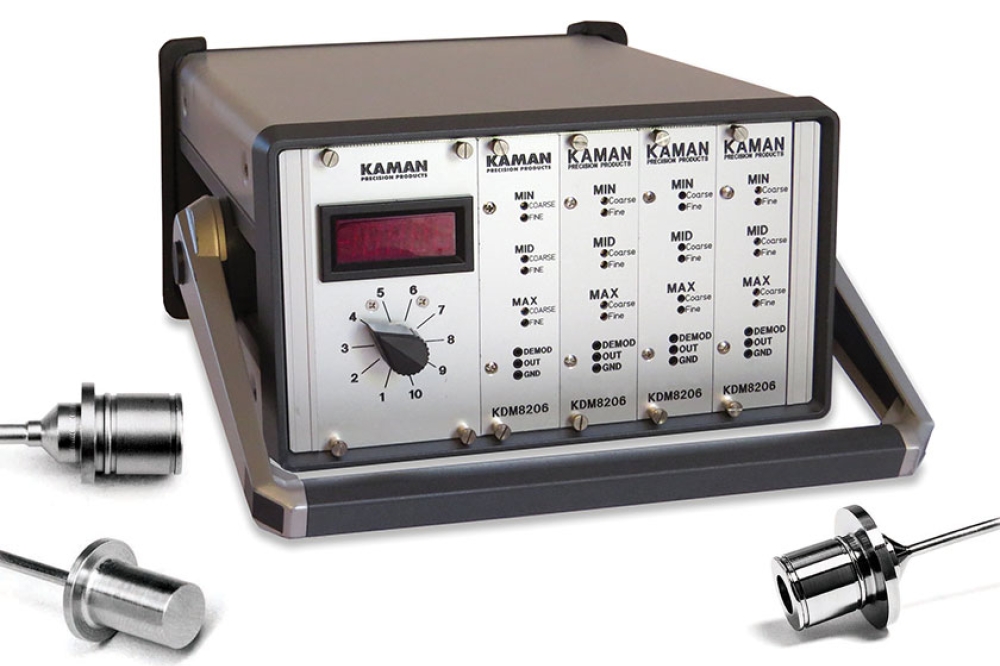Guidance for US semiconductor strategy

Paper outlines steps to create an enduring national resource and strengthen U.S. semiconductor technology leadership.
Ensuring the United States improves its global competitiveness in semiconductors requires strategic deployment of the $52.7 billion in funding authorized in the CHIPS + Science Act. The U.S. Commerce Department’s planned National Semiconductor Technology Center (NSTC) is the centerpiece of a national strategy to achieve a more resilient semiconductor ecosystem. MITRE Engenuity, a tech foundation for public good, and its Semiconductor Alliance have identified key factors to ensure this investment becomes a long-lasting resource for the country's technological growth and development in a position paper released today.
“The strategic competition with China is a long game on a complex technology playing field. Securing semiconductor chip manufacturing, and ensuring the U.S. and our democratic allies lead the chips of the future, is an important way to create resilience against supply chain compromise and denial,” said Laurie Giandomenico, Ph.D., vice president and chief acceleration officer, MITRE. “Our role is to help balance industry objectives with national security interests, and that means CHIPS investments must build a sustaining national resource.”
The paper identifies four key factors to achieve a more resilient semiconductor ecosystem: effective and inclusive governance, an ambitious and high-impact technology agenda, a robust network with an effective operating model for executing technical agendas, and diversified income streams that include state and local resources as well as private investments.
Establishing effective and inclusive governance is vital to ensuring a thriving domestic semiconductor ecosystem. A whole-of-nation ecosystem is essential to enhancing our global competitiveness.
The paper proposes the creation of a progressive semiconductor technology agenda supported by a "Breakthrough Challenge" program that achieves high impact wins while stimulating a diverse ecosystem. The NSTC will also stimulate enabling innovation that supports the development of ancillary technology to make breakthrough challenges possible, such as reducing data center power consumption by 100-fold and incorporating a complex system of chiplets together in a single platform to improve performance.
The NSTC must also create a network connected by an efficient operating model to execute its agenda by leveraging existing facilities and capabilities, building strategic partnerships, and creating new “enabling capabilities” that lower barriers to innovation.
“To gain and maintain the lead in the race for global semiconductor leadership, the U.S. needs to approach the NSTC with a long-term strategy,” said Raj Jammy, Ph.D., chief technologist, MITRE Engenuity, and executive director of the Semiconductor Alliance. “Our paper lays out the blueprint for how the Department of Commerce can establish an enduring national resource that will help revitalize the domestic semiconductor industry, protect American national and economic security, create jobs, and re-establish American industry leadership.”

































